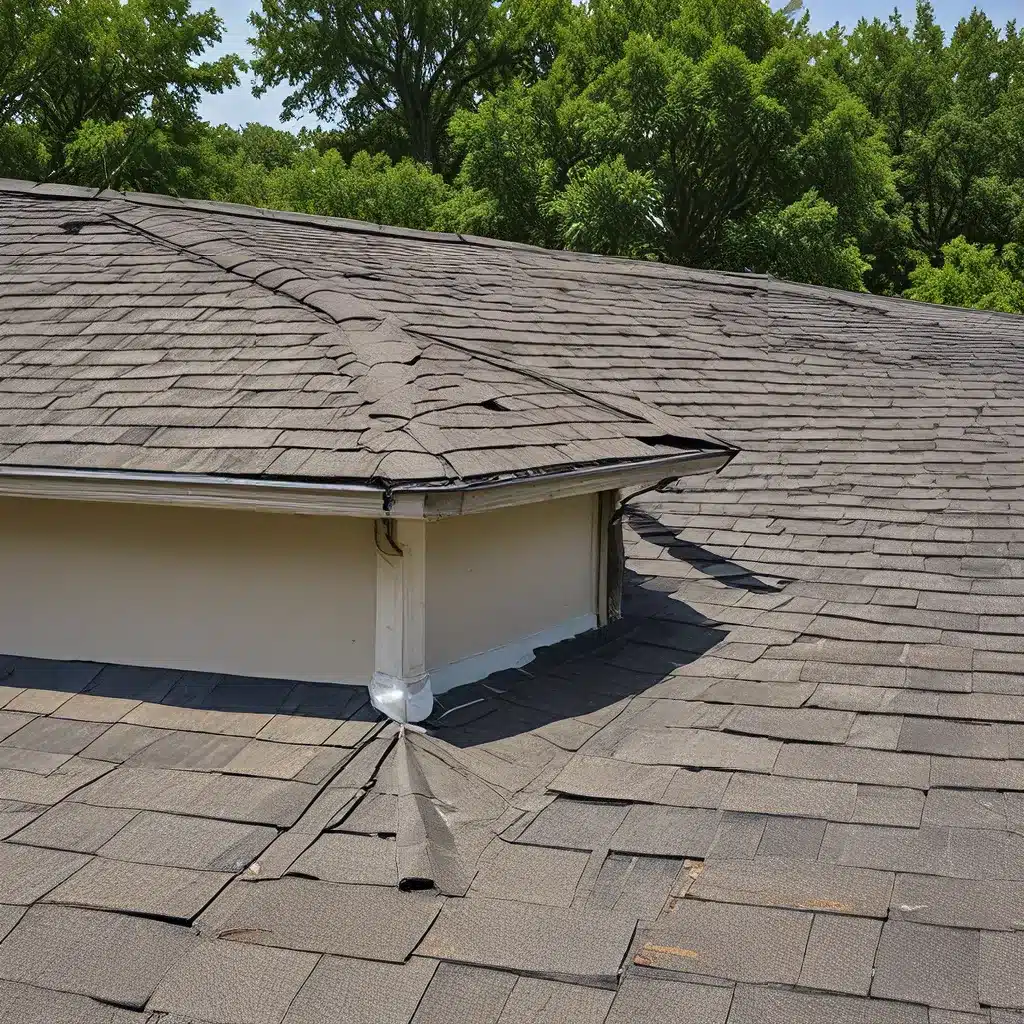
As a native Southerner, I know all too well the brutal reality of our region’s scorching summers. The relentless sun beats down, turning our neighborhoods into veritable ovens, while storms rage with a ferocity that can leave our roofs battered and bruised. But fear not, my fellow Southerners! I’m here to share some time-tested strategies and cutting-edge techniques to keep your roof in tip-top shape, no matter what Mother Nature throws our way.
Embracing the Wisdom of the Ancients
Ancient civilizations in the Middle East have grappled with extreme heat for millennia, and their architectural solutions can teach us a thing or two. Take the Bâgdir, for instance – a tall, slotted chimney design that draws hot air upward and lets the prevailing winds whisk it away, all without the need for electricity. Or the ventilated domes found across the region, which create a passive chimney effect to expel warm air.
Even the humble tian jing (or skywell) of traditional Chinese homes can be a game-changer. These open-air shafts feature cool masonry walls that create natural air circulation, allowing hot air to escape through the roof opening.
And let’s not forget the ingenious Qanat systems of Persia – underground aqueducts that transport water long distances while also providing a source of cool, subterranean air that can be channeled into buildings. It’s a passive cooling marvel that’s been in use for millennia!
Rethinking the Modern Roofing Approach
As the climate continues to shift, we can no longer rely on the glass-and-steel aesthetic championed by modernist architects like Mies van der Rohe. Instead, we need to take a cue from visionaries like Le Corbusier, whose Chapelle Notre-Dame du Haut features thick masonry walls, narrow window openings, and a curvaceous roof overhang that shields the interior from the sun’s relentless glare.
When it comes to your own roof, consider a double-roof design, common in the American Southwest. This clever configuration not only reflects the sun’s rays but can also provide the perfect platform for installing solar panels to generate clean energy. And for those with a greener thumb, a roof garden can be a game-changer, offering both cooling benefits and a lush, oasis-like retreat.
Southern Roofing Co. can help you explore these and other innovative roofing solutions, ensuring your home stays cool, comfortable, and energy-efficient – no matter how high the mercury rises.
Harnessing the Power of Evaporative Cooling
While air conditioning may seem like the obvious solution, it’s also a power-hungry beast. Instead, why not look to the past for inspiration? The mashrabiya – a protruding, wood-carved window structure common in the Middle East – not only captures breezes but also allows hot air to escape, thanks to its intricate design.
And let’s not forget the humble Olla – those porous clay vessels that were once used to keep water cool in the desert heat. The same evaporative cooling principle is at work in today’s swamp coolers, which are making a comeback in hot, arid regions. The even more impressive-sounding Passive Downdraught Evaporative Cooling (PDEC) systems are taking this concept to new heights, drawing hot air upward and outward through strategic tower designs.
Combating the Urban Heat Island Effect
Of course, the challenges don’t stop at the individual home level. Our cities are also under siege, with the dreaded urban heat island effect causing temperatures to soar. But city planners are fighting back, creating green corridors of parks and tree-lined streets to absorb and dissipate that relentless heat.
And speaking of corridors, the district-level cooling schemes pioneered in places like Singapore offer another innovative solution. By circulating chilled water through an underground network, these systems can cool entire neighborhoods, reducing the strain on individual HVAC units and creating a more resilient, climate-adaptive infrastructure.
Embracing the Future of Roofing
As we navigate this new era of escalating temperatures and unpredictable weather patterns, it’s clear that our roofing strategies must evolve. But with a little creativity, a dash of historical inspiration, and the right technological tools, I’m confident that we can create Southern homes and communities that not only withstand the elements but thrive in them.
After all, we Southerners have always been known for our resilience, our ingenuity, and our ability to adapt. So let’s put those qualities to work, building a future where our roofs – and our entire way of life – are bulletproof against even the harshest of Mother Nature’s onslaughts.
Who’s with me?